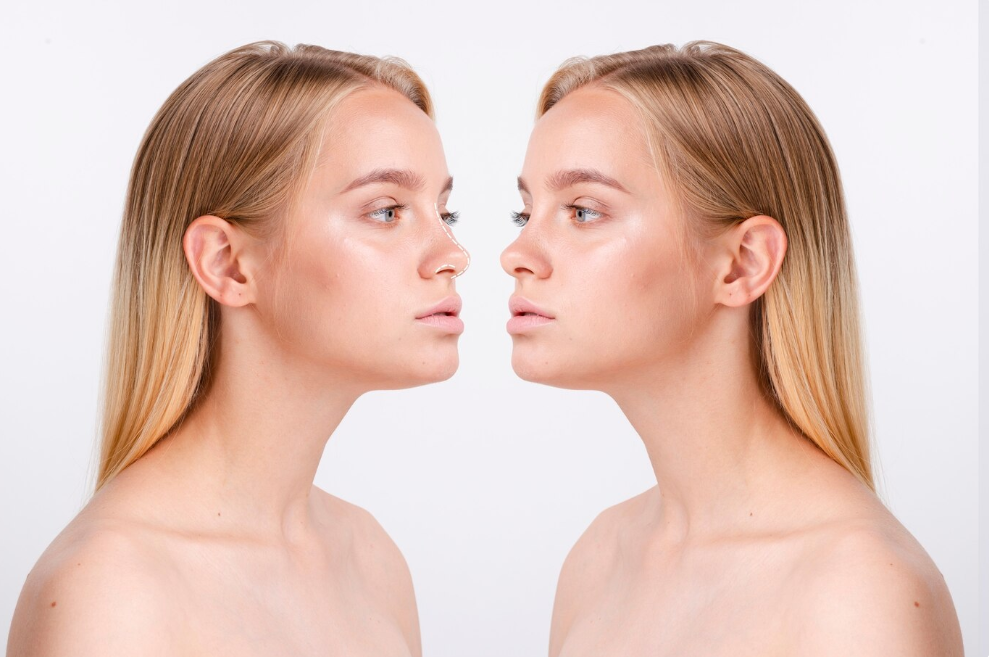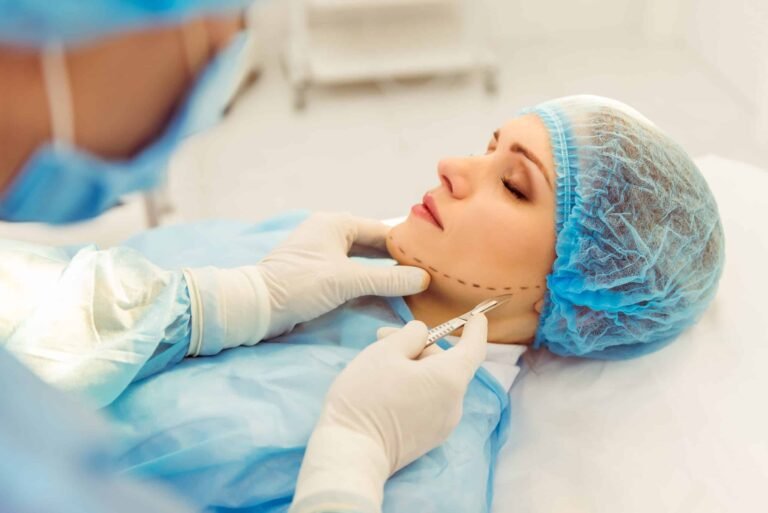Treatment Overview
The deep plane facelift with fat grafting is a sophisticated facial rejuvenation procedure that combines the structural lifting of the deeper facial layers with the restoration of youthful volume through fat transfer. Unlike traditional facelifts that focus mainly on skin tightening, this technique repositions the SMAS layer and facial ligaments while simultaneously replenishing lost fat in areas like the cheeks, under-eye hollows, and nasolabial folds. In Korea, this combined approach is performed with cutting-edge surgical precision, resulting in a natural, refreshed look with balanced volume and contour.
Purpose & Benefits
This surgery aims to reverse facial aging by both lifting sagging tissues and restoring volume loss that contributes to hollow or sunken facial features. Benefits include:
- Natural lifting of midface, jawline, and neck areas
- Replenishment of facial fat for youthful fullness and smoother contours
- Reduction of deep wrinkles, folds, and hollow areas
- Longer-lasting, more natural-looking results compared to facelifts without volume restoration
- Improved facial symmetry and balance
Ideal Candidates
Ideal candidates are typically men and women in their 40s to 70s experiencing moderate to severe facial sagging combined with volume loss in key areas such as cheeks and under the eyes. Good overall health and realistic expectations about the procedure and recovery are important.
Possible Risks & Complications
Potential risks include swelling, bruising, temporary numbness, uneven fat graft survival, infection, hematoma, and scarring. In experienced Korean surgical centers, these risks are minimized through precise technique and comprehensive aftercare.
Surgical Techniques Used
The procedure involves a deep plane facelift where the surgeon releases and repositions the SMAS and deeper facial layers to lift sagging tissues. Simultaneously, fat is harvested via liposuction from donor areas such as the abdomen or thighs, processed, and carefully injected into volume-deficient facial regions. Korean surgeons often use micro-fat grafting techniques to enhance fat survival and ensure smooth, natural volume restoration. Advanced suture techniques and hidden incisions ensure minimal scarring and natural facial movement.
Recovery & Aftercare
Recovery time averages 2 to 3 weeks, with swelling and bruising most prominent during the first 10–14 days. Patients are advised to keep the head elevated, avoid strenuous activities for 4–6 weeks, and follow all post-op care instructions. Korean clinics frequently provide specialized therapies such as lymphatic drainage massage, LED light therapy, and regenerative treatments to accelerate healing and optimize results.
Results & Longevity
The combined effect of lifting and fat grafting delivers natural, harmonious rejuvenation that typically lasts 10 to 15 years. Fat grafts that successfully integrate can provide permanent volume restoration, while the deep plane lift maintains structural support and contour.
Treatment Process in Korea
Korea is internationally recognized for facial rejuvenation surgeries that integrate the latest technology and artistic precision. The treatment process includes thorough consultations with 3D facial mapping and customized surgical planning. Korean surgeons specialize in combining volumizing fat grafting with deep plane lifting techniques, using minimally invasive tools and protocols designed for faster recovery and natural outcomes. Comprehensive aftercare programs are offered, including advanced scar management and skin regeneration therapies. These factors make Korea a top choice for patients seeking natural, long-lasting facelift results with volume restoration.
Cost Range
The cost for a deep plane facelift combined with fat grafting in Korea typically ranges between ₩12,000,000 and ₩20,000,000 KRW (approximately $9,000–$15,000 USD), depending on the clinic, surgeon’s expertise, and the amount of fat grafting required.
Popular Clinics
- Banobagi Plastic Surgery – Experts in combined facelift and fat grafting procedures with natural aesthetics.
- ID Hospital – Known for large volume facial surgeries and comprehensive aftercare.
- JW Plastic Surgery – Offers cutting-edge fat grafting techniques paired with deep plane facelifts.
- The Line Plastic Surgery – Focused on artistic facial rejuvenation and minimal scarring.
- Regen Plastic Surgery – Combines innovation with personalized patient care for optimal results.




